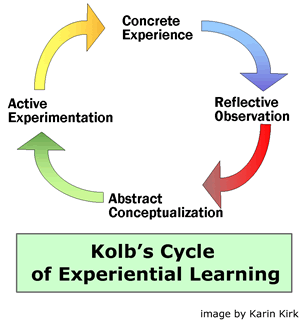There are multiple parts to agility: rhythm, coordination, balance, flexibility, body awareness, reaction time. All of these can be trained to improve ANY athletes performance. But how?
For the next 2-weeks I am going to take you through the importance of each of these components so that you can take these concepts and use them in your practices.
But to start we need to learn how an athlete learns a skill.
First off, there are different types of learning styles. Some people are visual learners that learn by watching, others learn by listening or reading. And still others learn by doing. However, most people and especially kids, are a good combination of the 3.
My experience has shown me that as kids get older they tolerate, appreciate, and pay more attention to audible teaching. However, younger kids (under12) tend to be more visual and kinesthetic learners (do-ers).
For younger athletes they are at such a prime age that their brain is ripe for basically writing codes for how to perform a movement. So expecting perfection within the first few attempts is not realistic. They know what it should look like (visual learning) and they then try to mimic that movement.
However, since there is no prior motor program for this movement skill, it's bound to look a little sloppy. But give them time. This is the one thing I see so many coaches focus on: immediate success. With the pressure to be perfect you can almost assuredly push a youth athlete away from a sport. Let them learn from movement.
When they appear to be struggling, help them move through the motion. Put their body in the correct position. As I stated in the previous post, you have to groove a quality movement before you can expect perfection. With that being said, learning is not immediate. Heck , it may take 2-4 weeks or longer before a movement is learned.
But stay away from simply rehearsing the one skill. Research shows that kids learn better in short bursts of information rather than one massive "info-bomb." Spend 5-10 minutes on a skill, then move to another. Then come back to it. You'll keep attention much better and as a result improve retention of the skill.

No comments:
Post a Comment